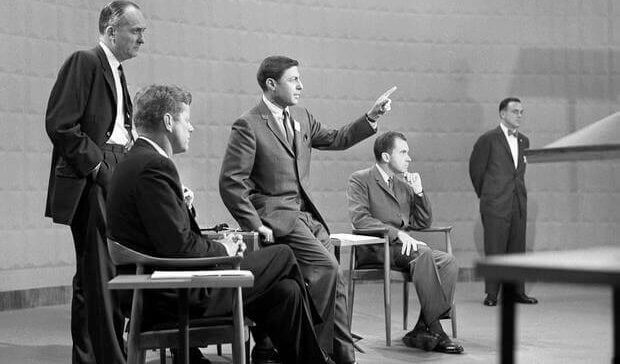Many of the most popular politicians have differentiated verbal language and communicate with their followers through it. When it comes to mass communication, in many cases gestures have more impact than words (the content of speech), and the nonverbal language of politicians is also of enormous importance.
A large part of the public does not follow with much concentration the discourse of politicians, in general, most words are absorbed. People end up mostly with synthesized messages in the form of slogans, on the other hand, the image of the leader produces an impact that usually receives a lot of attention from the communication advisors of each party, the way the politician dresss, his tone of voice, his facial expression and his gestures provoke feelings towards them.
- “How more sinister are the desires of a politician.
- The more pompous in general the nobility of his language becomes?-Aldous Huxley-.
Politics is increasingly an area that mixes with entertainment, televised debates were decisive in elections in many countries, the media and communication that politicians make through them may never have had such a big impact on the number of votes. The vast majority of citizens are attached to traditions, but also to the sensations of political participation in society.
Researchers were able to detect seven common gestures in the nonverbal language of politicians who manage to gain the sympathy of the masses, actions that are also present in other types of leaders, such as entrepreneurs, directors or influencers. They have also been detected to reveal hidden messages, are:
People unconsciously attribute a connotation of power to individuals who make certain gestures. This, of course, applies to political leaders. Some run them naturally, while others have to repeat them, corresponding to the following nonverbal elements:
What people expect today is that their political leaders are a kind of protective and trustworthy friend. The same applies to business leaders or anyone in a managerial or power position.
Politicians and leaders always have a visual impact through their presence, this is your first act of communication with your followers. Four areas have a great influence on this visual impact: facial expression, body language, costumes and hygiene. All these elements correspond to nonverbal language and generate an “impression”, that is, a mark on perception.
When there is a double meaning, there are elements of the nonverbal language of the politicians who denounce them, here are some:
Politicians are increasingly using mass psychology to influence their constituents. It’s a subtle but very effective weapon. Nonverbal language is sometimes used as a communication tool and sometimes as a manipulation factor. By knowing how to interpret the actions of leaders, we will be in a position that will allow us to control the influence they will try to exert on us.

